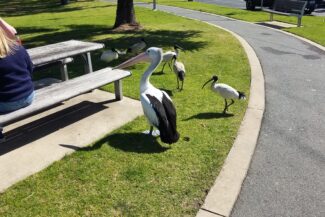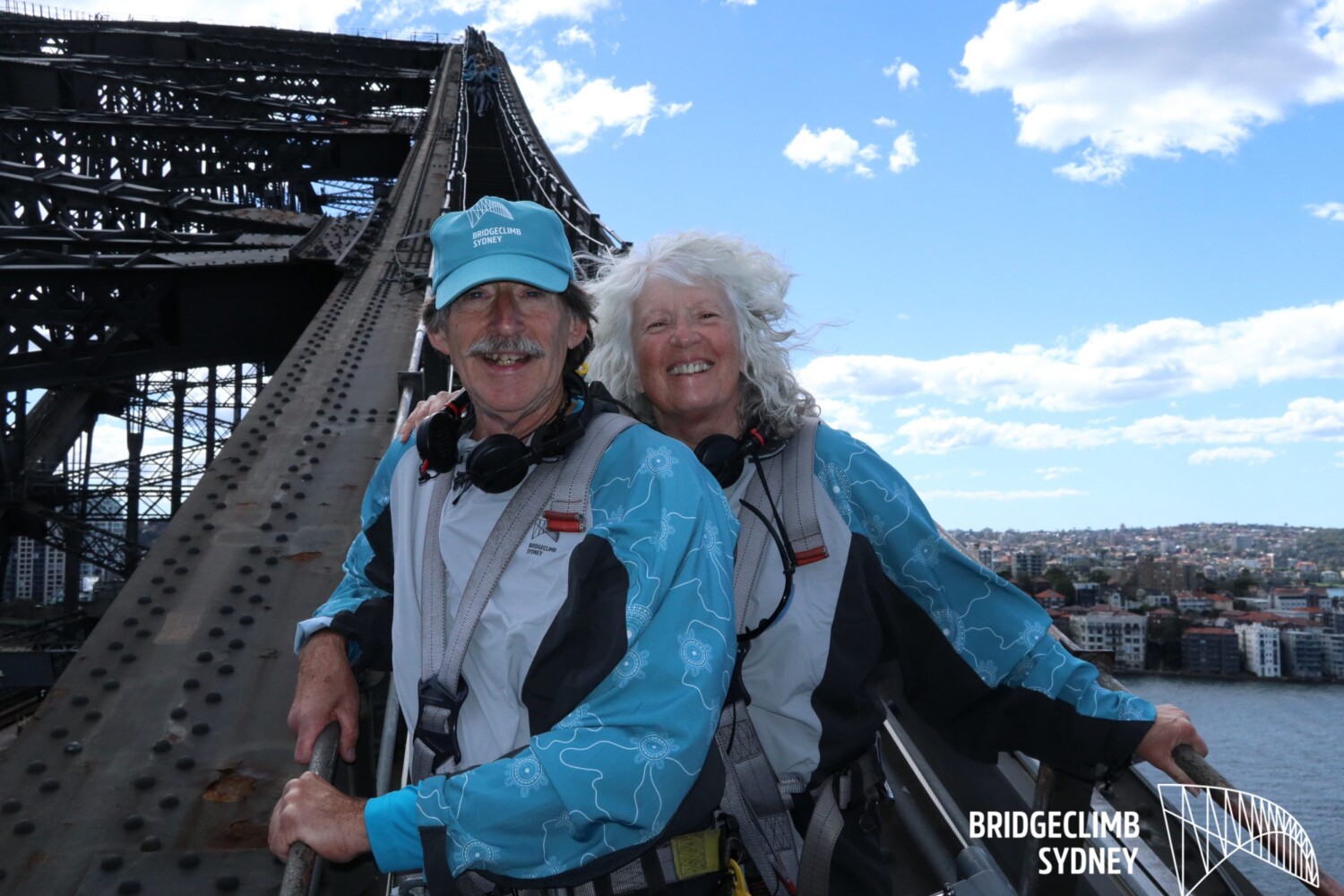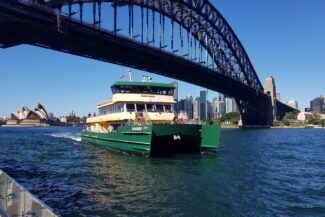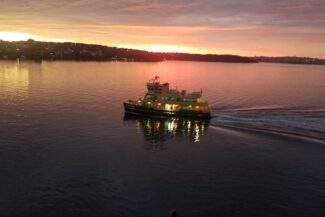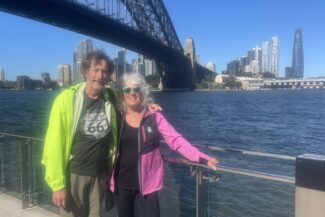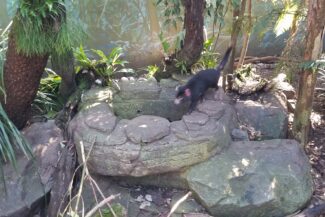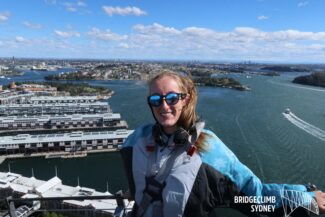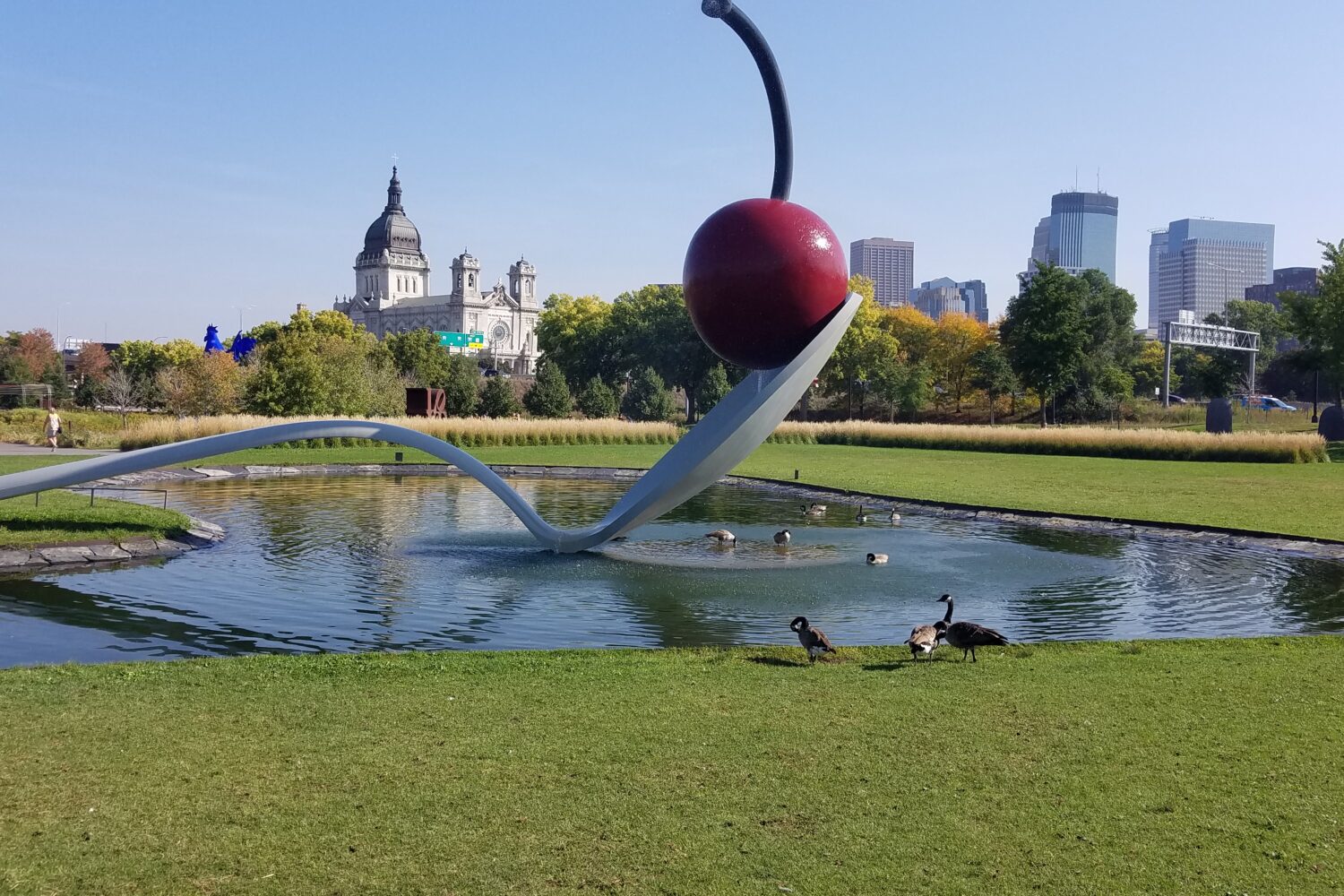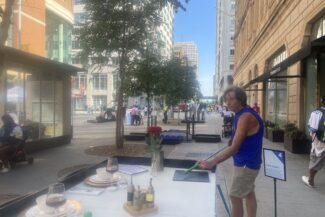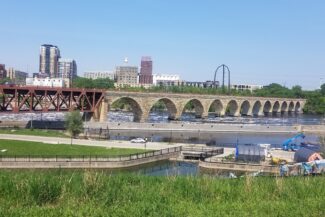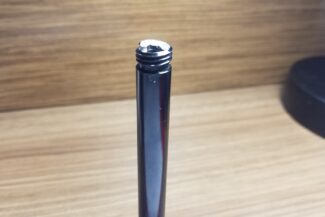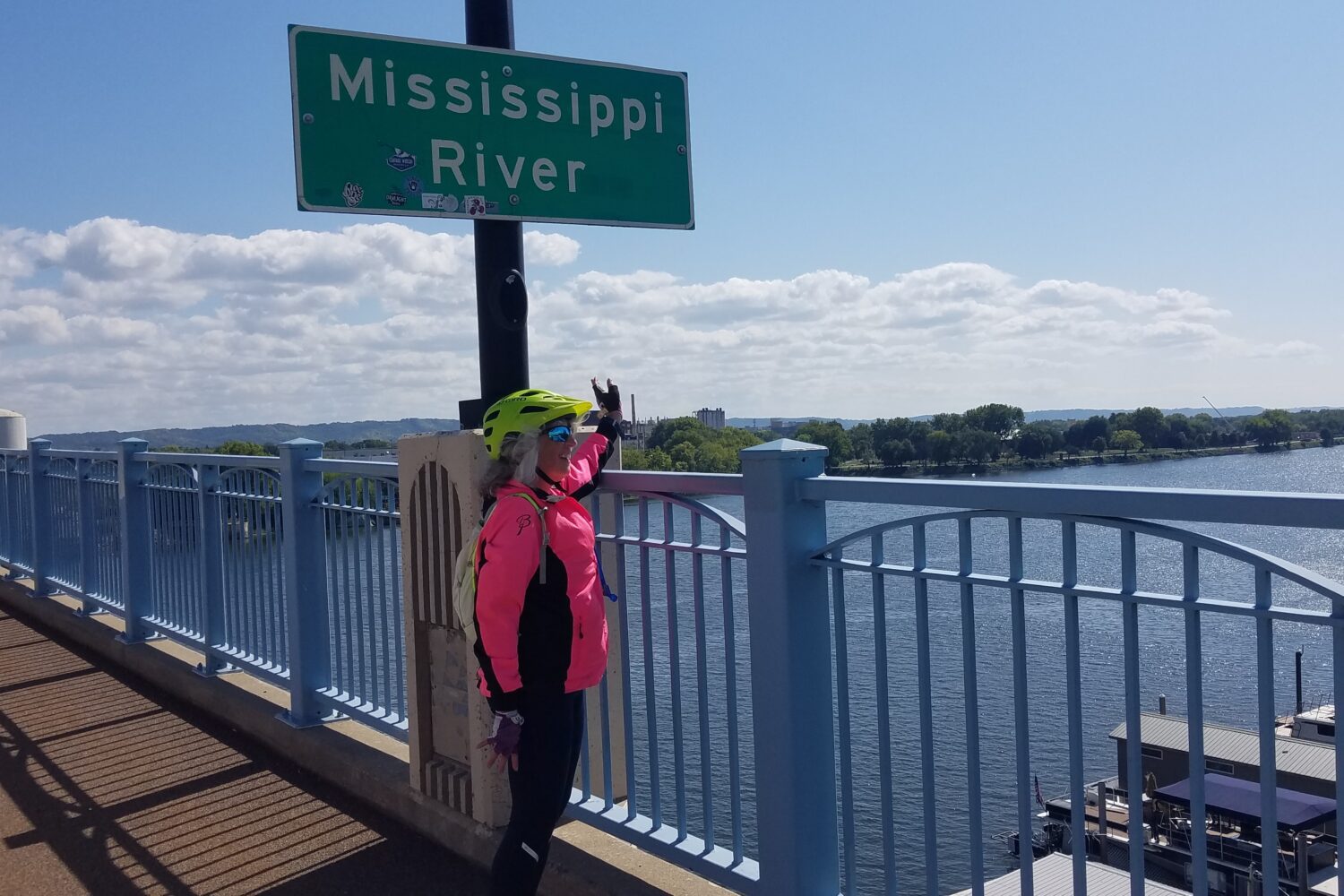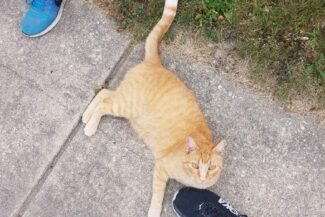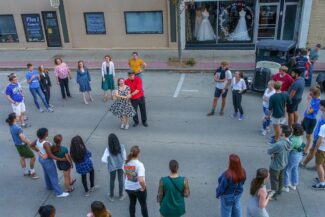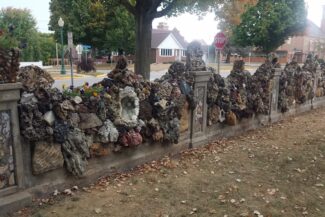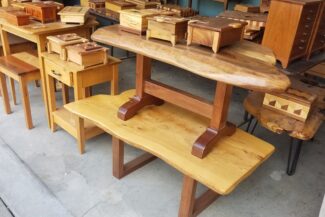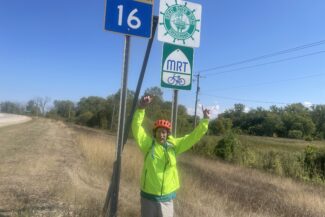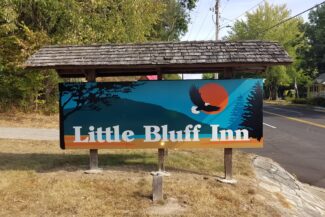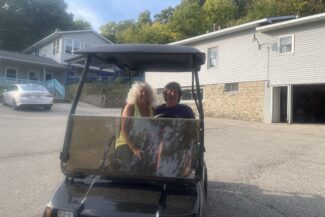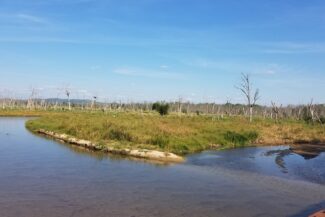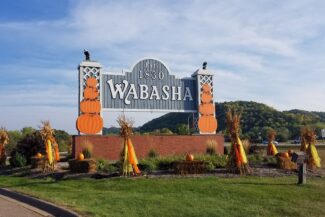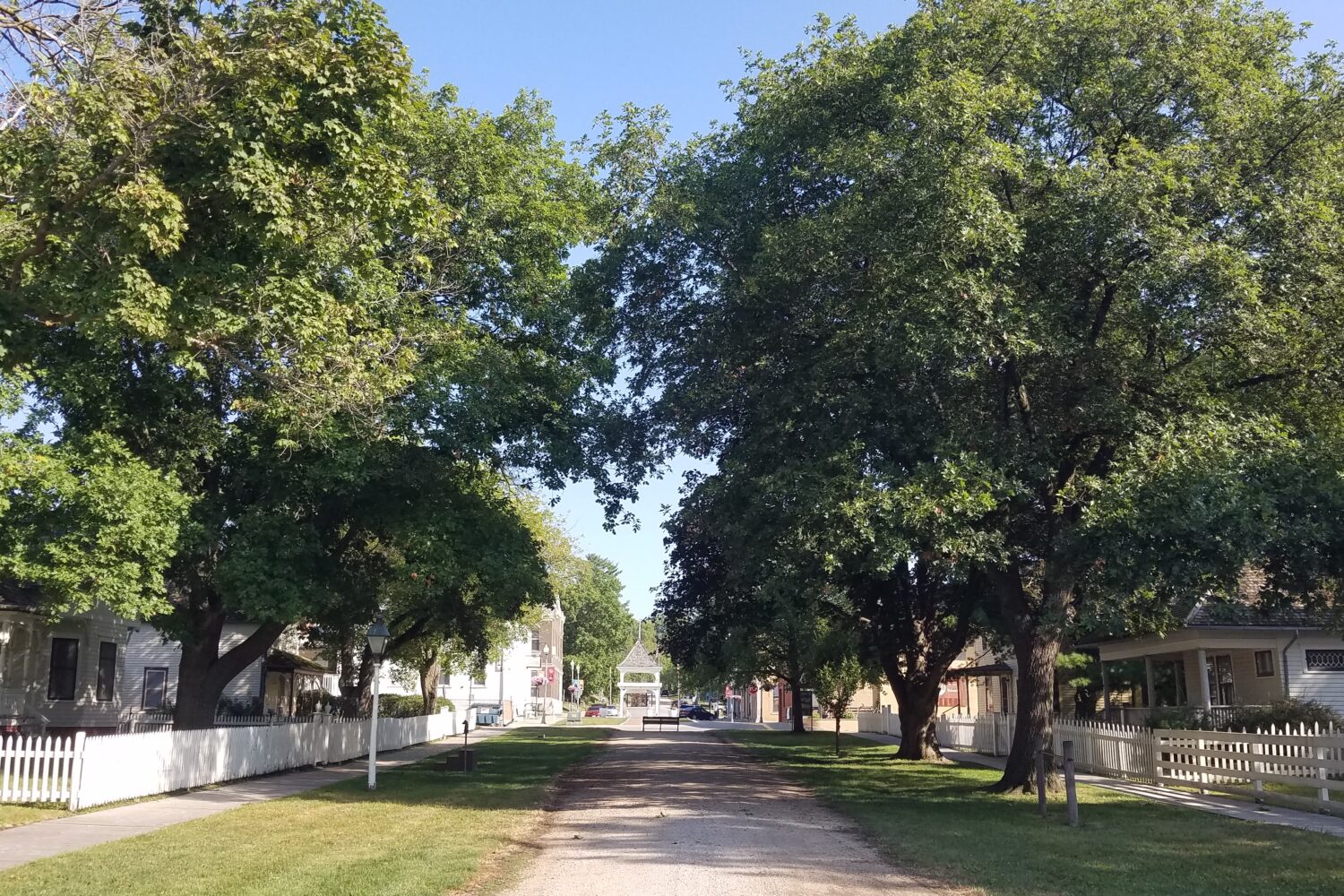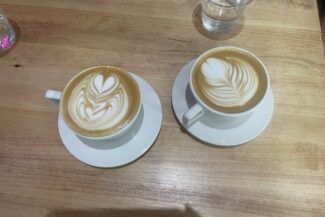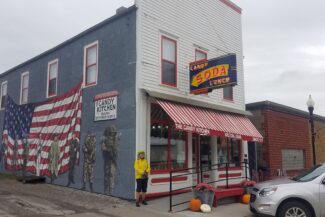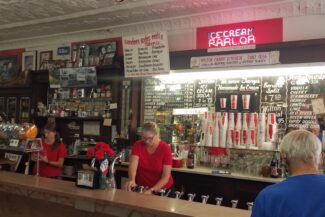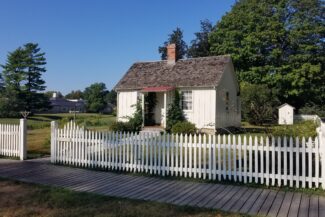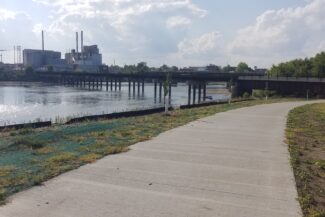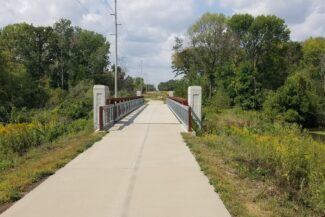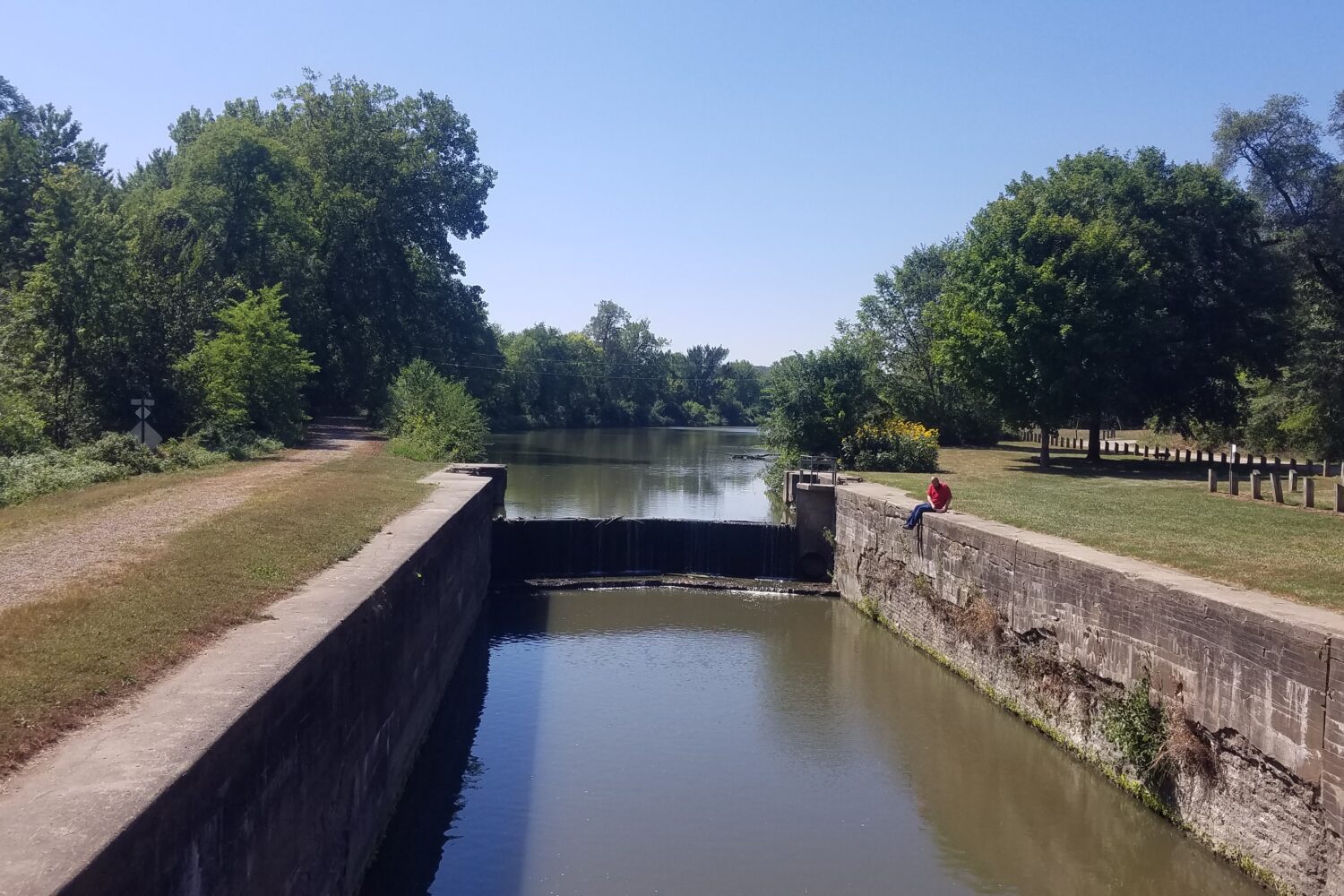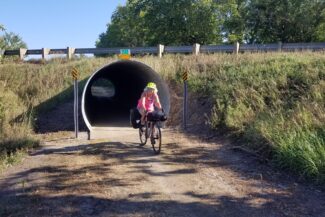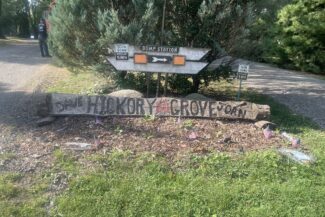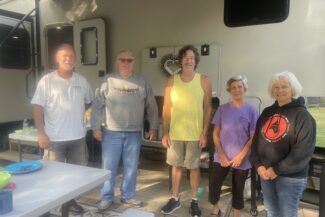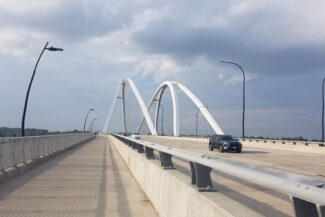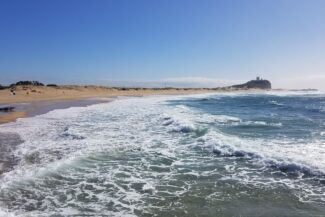 We have fallen in love with Newcastle Beach and the Ocean Baths. From our vantage point in front of the beach we took on missing sections of the Great North Walk. Rather than the often treacherous terrain we experienced during the earlier part of the walk, these treks were sedate. We replaced hiking boots with running shoes and discarded the hiking poles. We still walked 10-11 miles each day.
We have fallen in love with Newcastle Beach and the Ocean Baths. From our vantage point in front of the beach we took on missing sections of the Great North Walk. Rather than the often treacherous terrain we experienced during the earlier part of the walk, these treks were sedate. We replaced hiking boots with running shoes and discarded the hiking poles. We still walked 10-11 miles each day.
We only had one mishap, when Pat said the trail went left around Lake Macquarie and I said I think we ought to go right. There was no signage and since he’s more often right than I am, I acquiesed. While dining on our usual cheese sandwiches and chips on a park bench, Pat looked at the map. “We should have gone to the right,” he said. Point one for me.
We had dinner at all three restaurants in Newcastle Beach; and all get our five star ratings. Thai, local fish and a sports pub. We toured part of the renown Newcastle Museum, which is free to the public. While there we participated in the immersive story of how steel was once made in the local plant that shut down in 1999.
We took advantage of the city’s light rail system and the bus routes; key for getting where we wanted to go. We noticed that there is a bit of a resurgence occurring in the city at the moment; high rise buildings under construction and a movement of sorts to encourage people to come back downtown. Like other cities, it took a nosedive during the pandemic. On our one night to venture into the city after dark, we took in a performance of La Ronde, a mix of a circus and musical acts with scantily clad, well-toned performers from around the globe.
From where we stayed one can jog for miles or take a quick dip in the ocean and then grab a cappuccino and a bowl of of granola with rhubarb and strawberries and sit on the concrete steps watching whomever is surfing or swimming. And that all takes place beginning at 6:30 a.m.
I began to see the regulars showing up every morning with towel in hand for a quick dip in the waves. Later in the afternoon, the beach became littered with young ladies in thong bikinis and young men in their swim trunks. Although I noticed the beach wasn’t guarded when we were there, one morning at 7 a.m. a lifeguard charged into the water with and caught up with an older gentleman who was swimming. I assumed and I was correct that the the man was in a riptide. The lifeguard pointed out where it was. “See how calm that area is right now; that’s how you know where the riptides are. As a swimmer one should avoid the ocean where there are no waves; instead swim where the waves are breaking.
One early morning, as we walked on the ocean path, we spotted multiple dolphins in the ocean; they were having the time of their life or so we surmised; surfing through the waves. We explored the village o f Hamilton on the outskirts of Newcastle, took a commuter ferry to Stockton and watched the large container ships go in and out of the harbor with the use of tugboats guiding them. And we took advantage of a rail trail, built along the route of a former railroad used for transporting coal, to walk from Belmont to Adamstown. It was on that trail that we finally came upon a snake; 5 feet in length, who we saved from being run over by a bicyclist. Though someone told us, they are harmless, we have not yet been able to find them on any internet search.
f Hamilton on the outskirts of Newcastle, took a commuter ferry to Stockton and watched the large container ships go in and out of the harbor with the use of tugboats guiding them. And we took advantage of a rail trail, built along the route of a former railroad used for transporting coal, to walk from Belmont to Adamstown. It was on that trail that we finally came upon a snake; 5 feet in length, who we saved from being run over by a bicyclist. Though someone told us, they are harmless, we have not yet been able to find them on any internet search.
On the last day at Newcastle Beach, we took in the Ocean Baths, sized 200 feet by 200 feet; two large pools with sandy bottoms where the ocean water flows in and out. Though we thought it colder than in the ocean, plenty of people were lap swimming and the young people were having a good time pushing each other in. As we were basking in the sun on the concrete
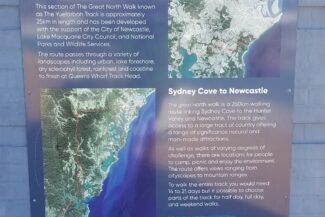
bleachers, we were asked to move because a performance was forthcoming. We moved but not before we asked about the performance. “It’s the preview of the event that begins tomorrow – a Love Letter to the Ocean Baths that have been in existence for 100 years. You can purchase tickets,” we were told. “Unfortunately we won’t be here tomorrow,” we answered. “Be patient,” the host said “and I will try to get you in right before it begins.” And she did and it was a stunning performance. While the audience sat on the bleachers next to the baths, wearing headsets, the actors, told stories abbout the baths in different parts of the complex. It was a free for all flash mob play of sorts. While the stories were presented, people swam laps, surfers carried their boards and all the young folk continuing carrying on. It was a bit difficult to determine who was and who wasn’t a part of the play. It was absolutely amazing; the kind of immersive theatre that rocks my boat.
On Saturday, we said adieu to Newcastle, and following a few hours on the train, our newfound friend, Joanne, picked us up in the Sydney suburbs and brought us home to spend the night with her and her dog, Millie, in her home, a charming California bungalow style home, that she has filled with art from her travels around the world. Joanne prepared chicken schnitzel for dinner and two of her sisters, Linda and Mary also popped in. Her brother-in-law, John, hit it off with Pat from the get-go, probably because they started talking about beer. The conversations were delightful as was everyone we met.
And though we prepared to leave for California the next morning, we delayed it a few days, because of a potential medical issue. After spending seven hours in the ER, we got the green light to travel. We spent several hours talking with Isa, Joanne’s tenant and good friend, who lives in what Aussies call the granny flat. Isa is Syrian and was able to come to Australia 11 years ago, after much consternation. We asked him many questions about what it was like to grow up in Syria and what has taken place over the past decade. Isa has tried now for several years to access visas for his parents to come to Australia but it is far from simple and inexpensive.
Today, we retraced some of our steps from three weeks ago, and took on another section of the Lane Cove River because we can no longer resist hiking in the bush. It’s back to California tomorrow when we get to have two Tuesdays and then it’s home to Vermont for fall foliage on Wednesday.
See you on the path ahead, mates,
Shevonne and Pat

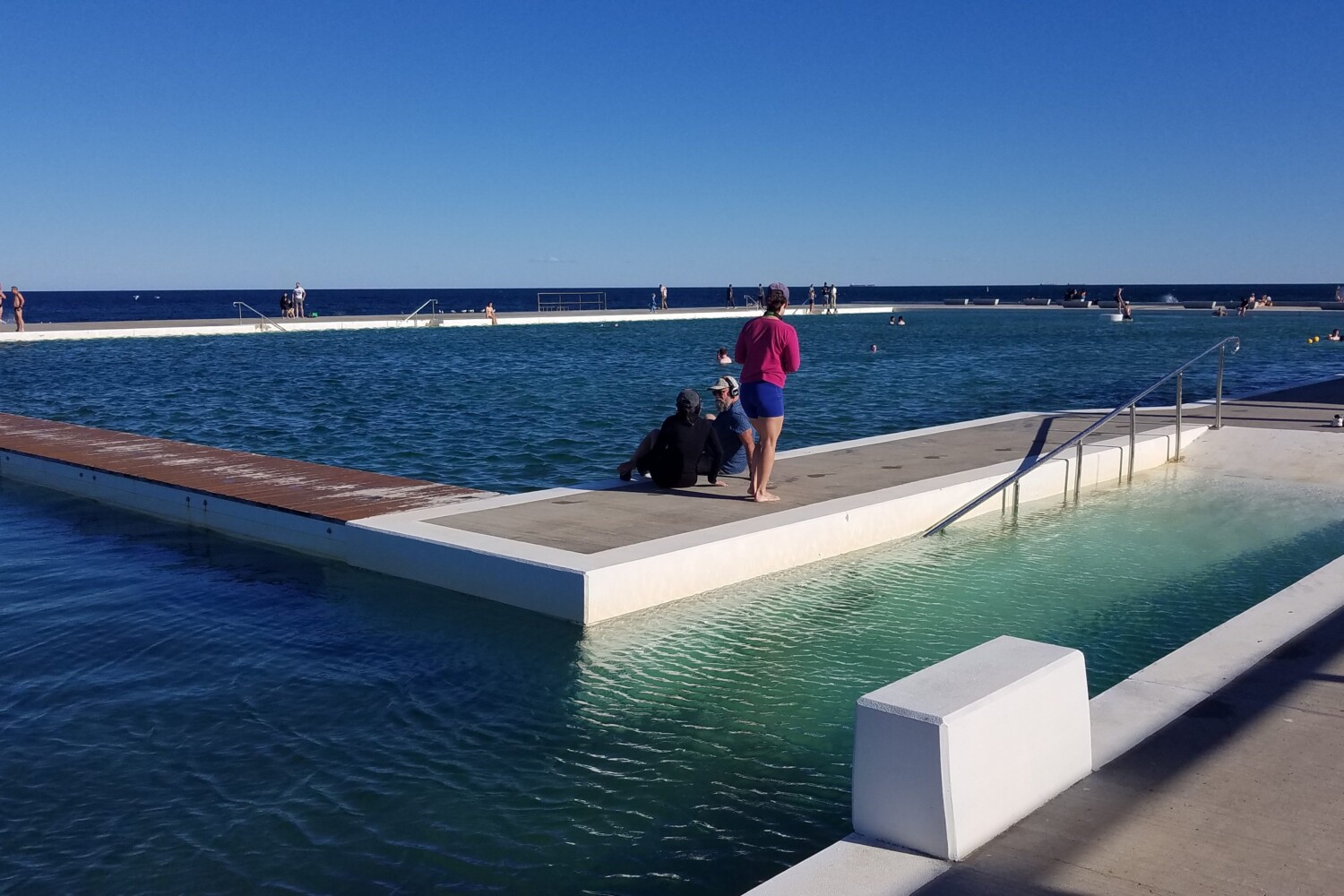
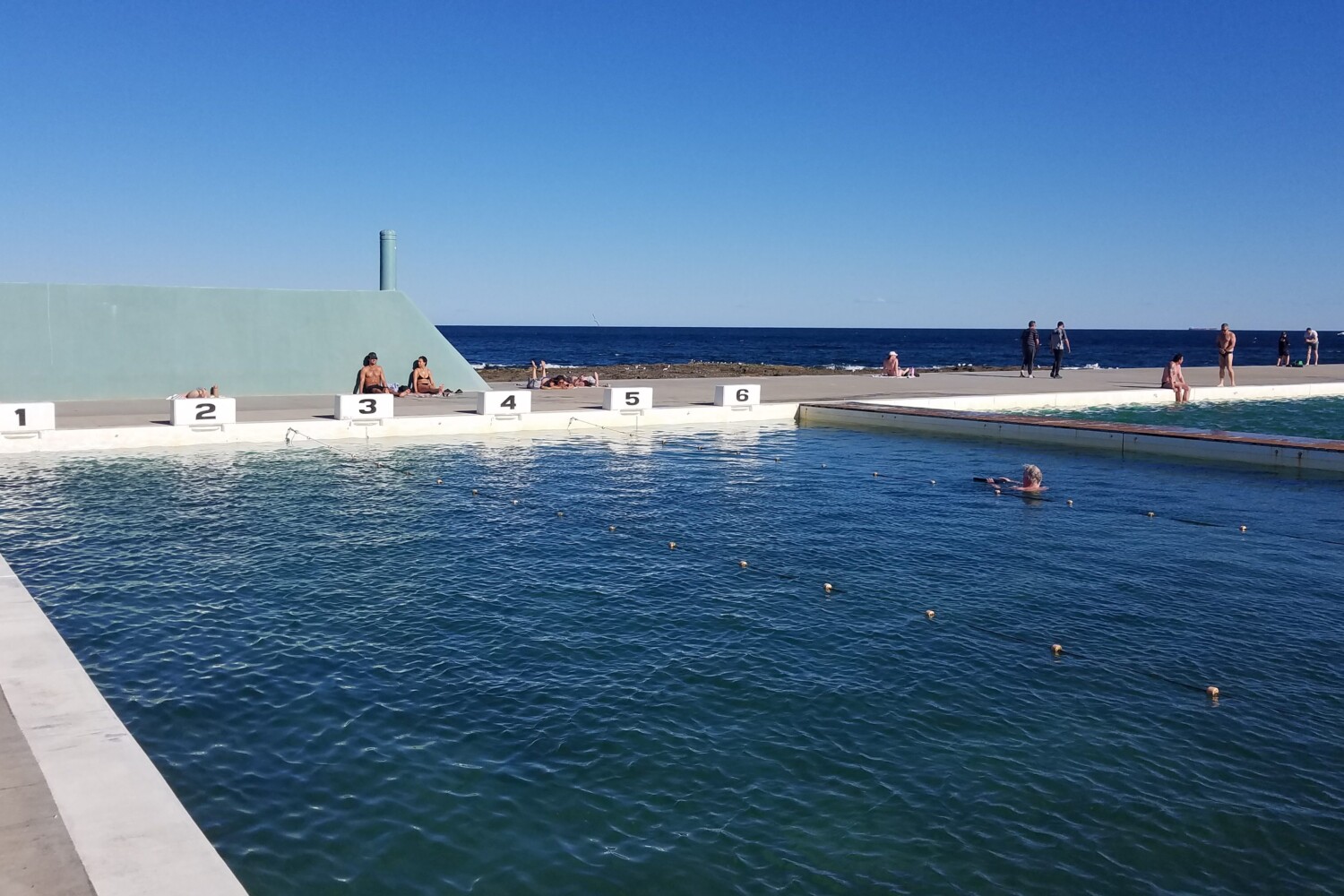

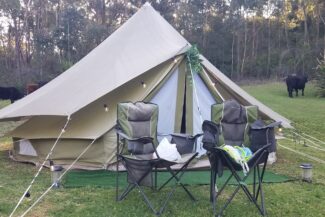
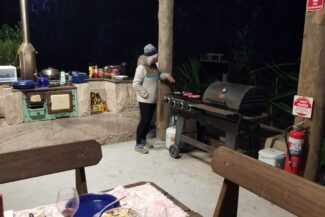
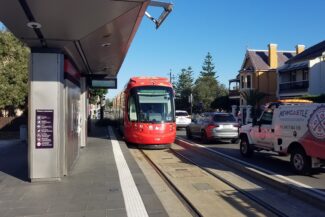
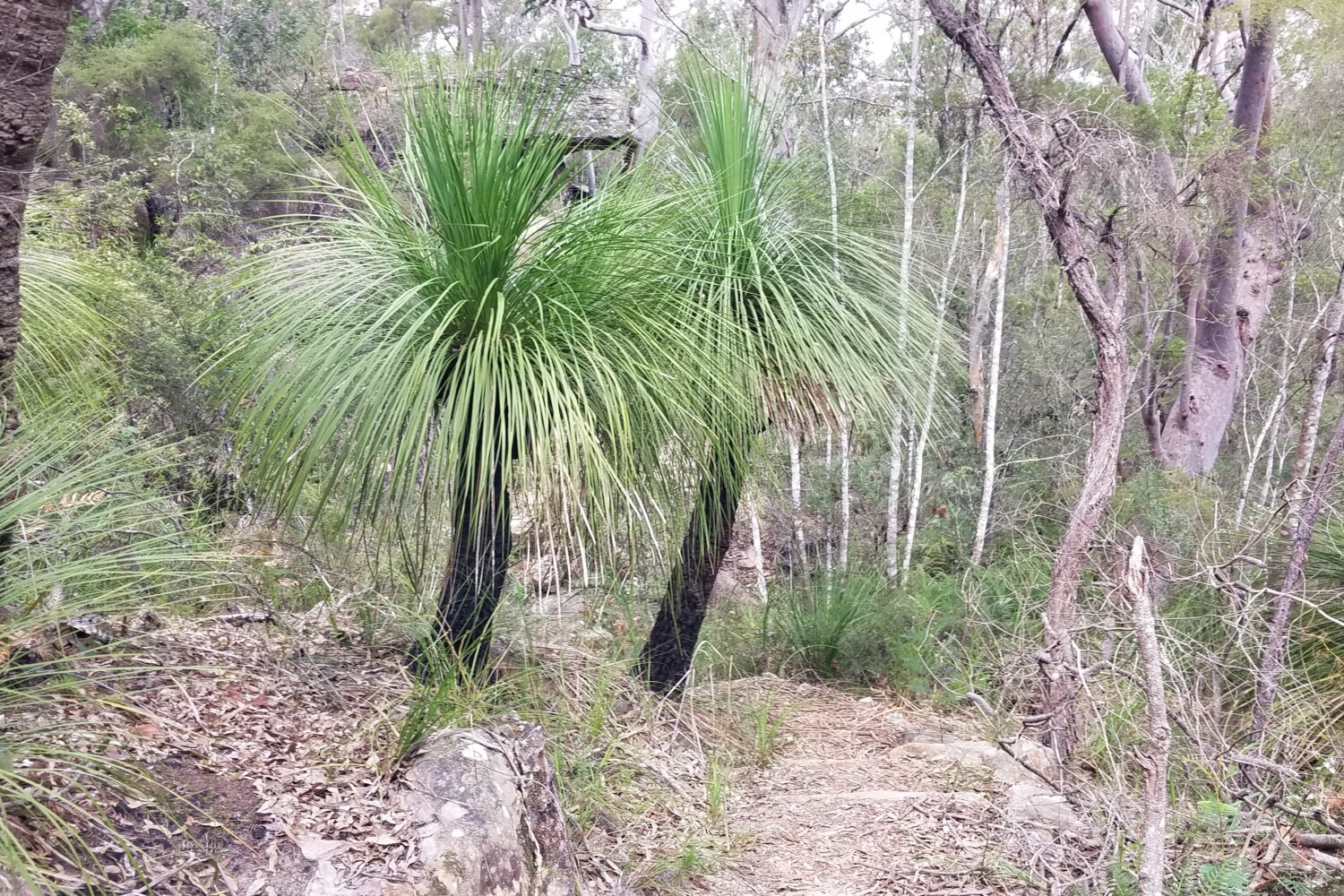
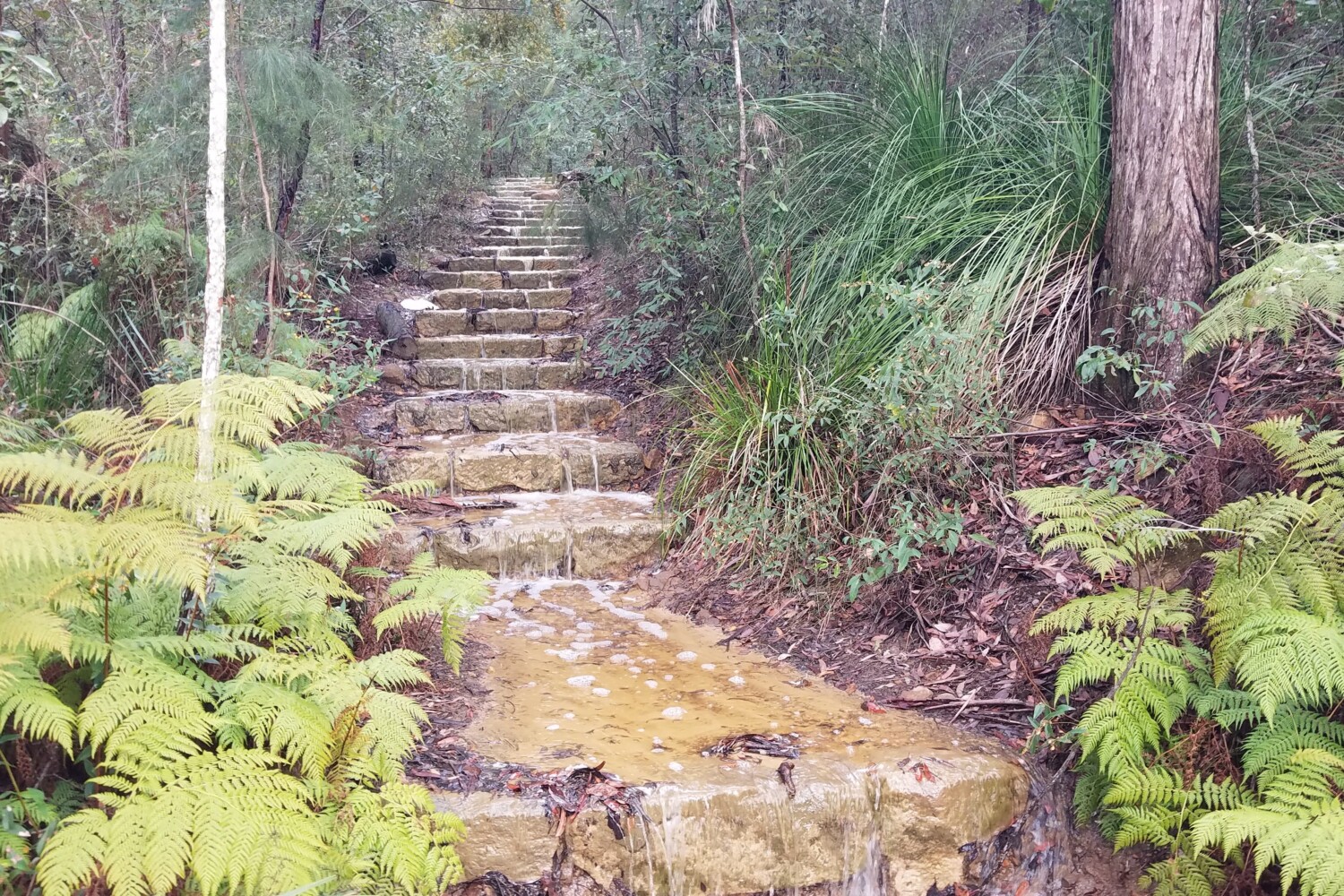
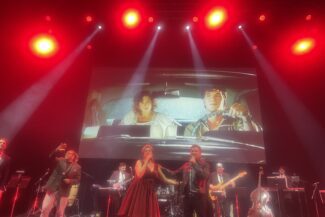
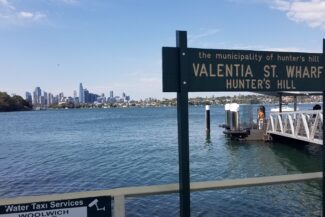
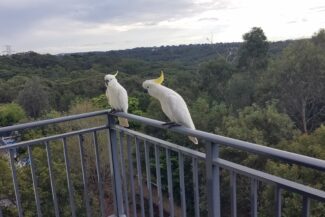
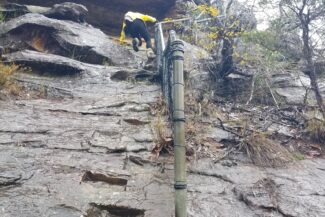
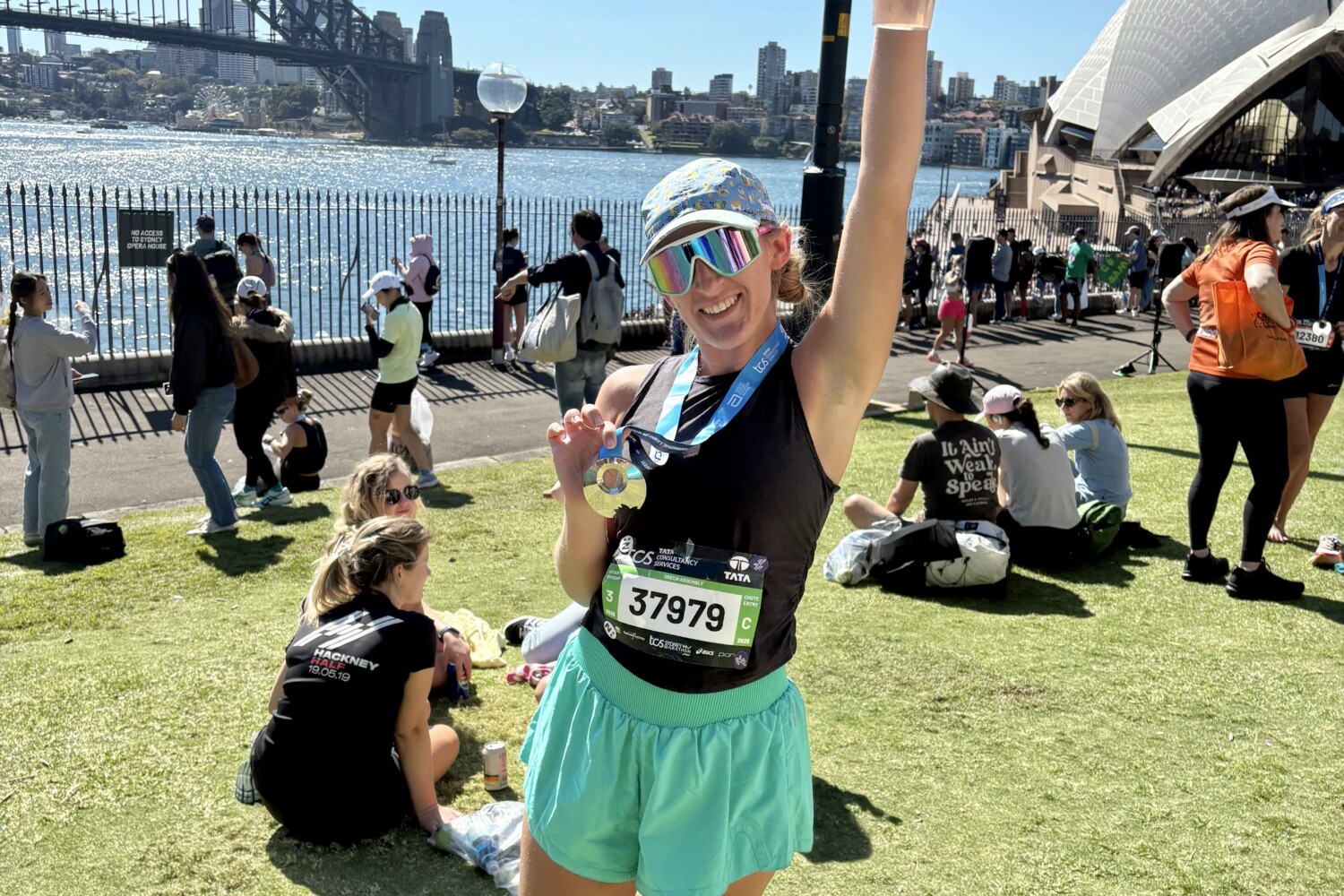

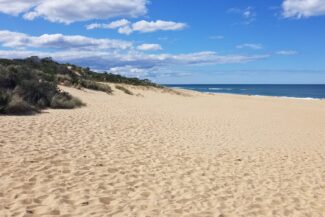
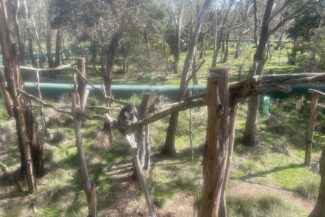
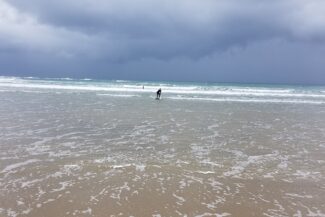 a coach and in less than an hour’s time, she was going from a prone position to standing up and surfing. From there we drove into Melbourne, to visit my second cousin and her family. We had planned to stay with them but because of health issues, our visit took place in the hospital. Later that night, we landed at their home in Shepparton, where their son, John, volunteered to host us for two days. On Friday morning, we explored Shepparton, taking in the city’s art museum, the history museum, the local cows and a walk around Victoria Lake.
a coach and in less than an hour’s time, she was going from a prone position to standing up and surfing. From there we drove into Melbourne, to visit my second cousin and her family. We had planned to stay with them but because of health issues, our visit took place in the hospital. Later that night, we landed at their home in Shepparton, where their son, John, volunteered to host us for two days. On Friday morning, we explored Shepparton, taking in the city’s art museum, the history museum, the local cows and a walk around Victoria Lake.